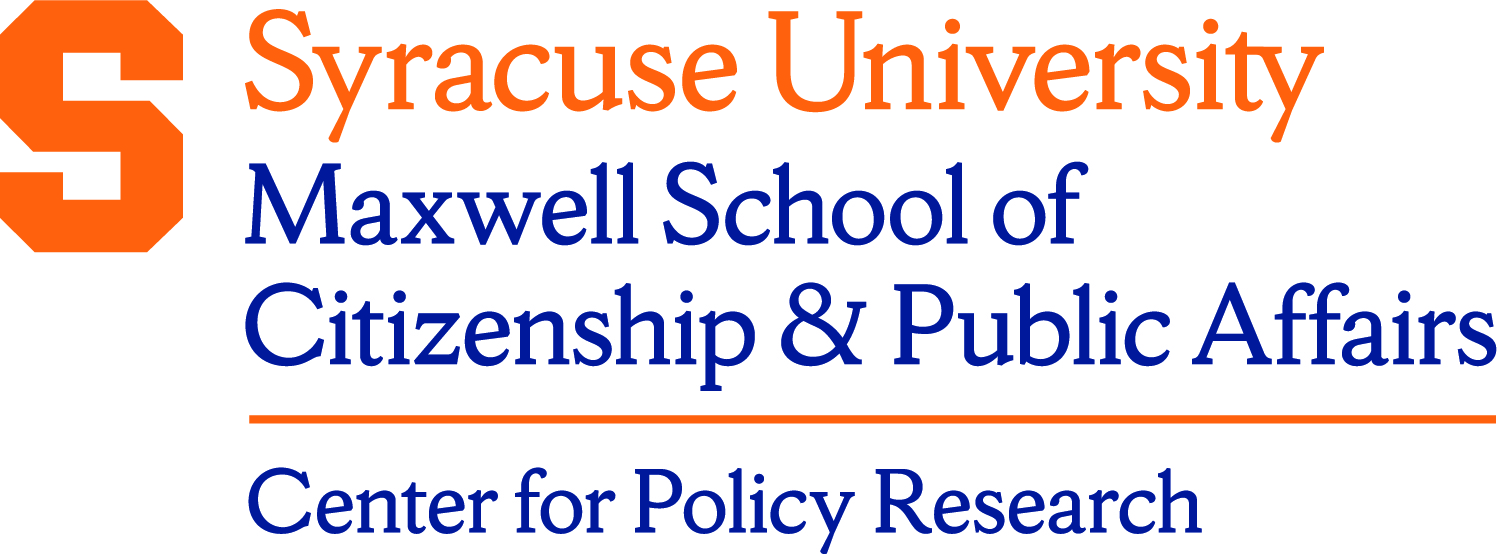Description/Abstract
We revisit the relative merits of employee-based versus employer-based labor market subsidies. While conventional analyses stress the equivalence of these approaches, we find a modest preference for employee-based approaches. Because the population of low-wage workers overlaps, but is not identical to, the populations of low-skill or low-income workers, simple employer-based approaches are likely to be poorly targeted. Targeting may be improved by identification of eligible workers, but identification itself raises the possibility of detrimental stigma associated with the program. When combined with lower participation rates among firms than among households, the size of employer-based subsidies needed to match the outcome of an employee-based subsidy becomes quite large. We review the empirical performance of major subsidy programs. We find that employer-based programs have been characterized by low participation rates and relatively little success. In contrast, the Earned Income Tax Credit appears relatively successful in targeting the desired population, inducing additional labor market participation, and raising incomes.
Document Type
Working Paper
Date
4-1999
Language
English
Series
Income Security Policy Series
Disciplines
Economic Policy | Economics | Public Affairs, Public Policy and Public Administration | Public Policy
ISSN
1061 1843
Recommended Citation
Dickert-Conlin, Stacy and Holtz-Eakin, Douglas, "Employee-Based Versus Employer-Based Subsidies to Low-Wage Workers: A Public Finance Perspective" (1999). Center for Policy Research. 395.
https://surface.syr.edu/cpr/395
Source
Local Input
Creative Commons License

This work is licensed under a Creative Commons Attribution 4.0 International License.
Included in
Economic Policy Commons, Economics Commons, Public Policy Commons




Additional Information
Policy studies paper no.21